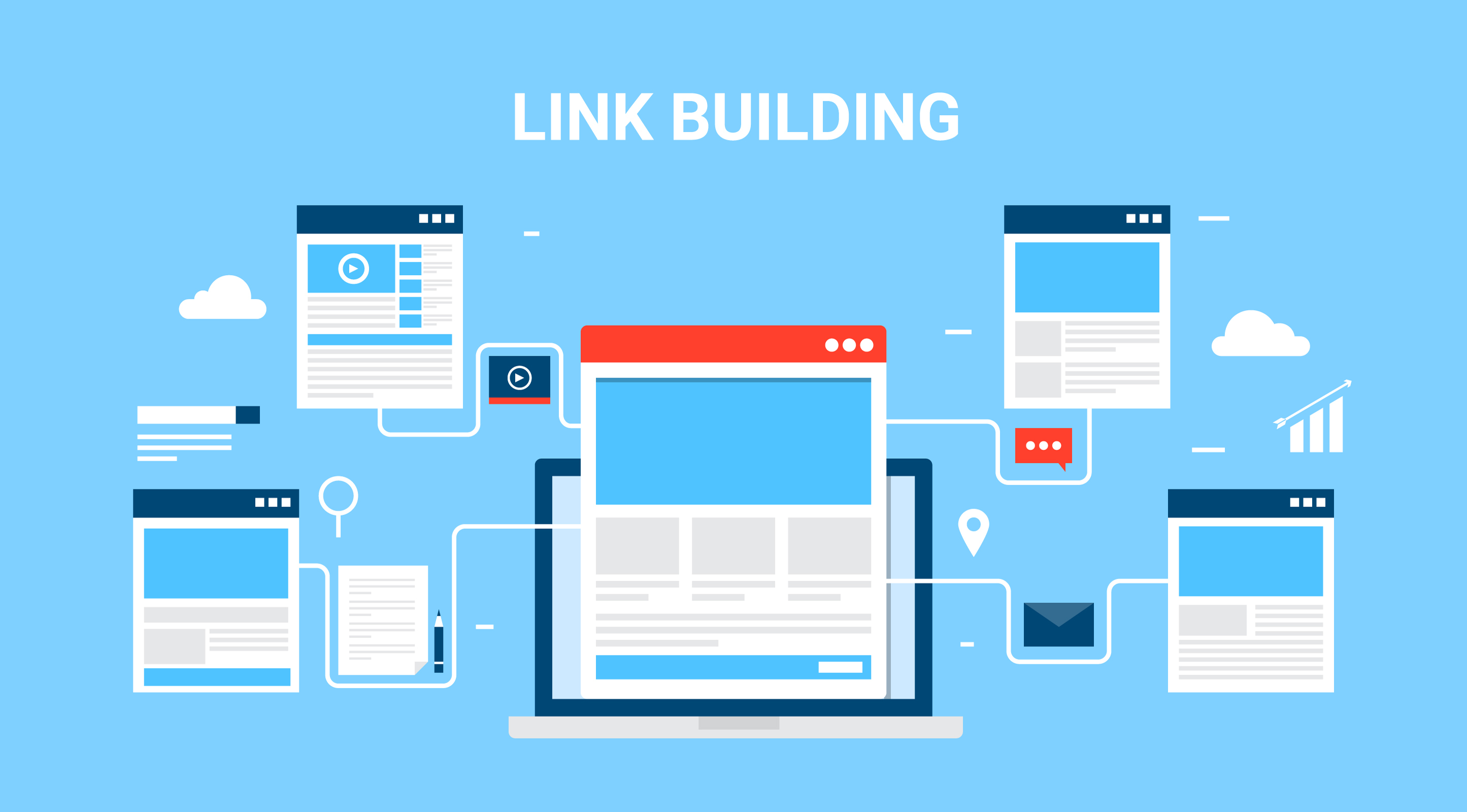The Social Web's Evolution: UGC Boom
The Social Web's Evolution: UGC Boom
Blog Article

Top Rated Level X Seller. I Love SEOClerks❤️
The emergence in social networks has revolutionized the way content is produced. Traditionally,, media was delivered from established sources including {newspapers, magazines, and television.Now,But now,However, users themselves have become leading content creators.
This shift has been a proliferation of user-generated content throughout platforms like Facebook, Instagram, and Twitter.. Users enjoy the ability to post website their experiences, ideas, and creativity with a wider audience.
{As a result,This has led to transformative changes for {businesses|individuals, businesses, and organizations. and consumers alike. Offers valuable insights into audience preferences, and it can also foster community and engagement.
Dissemination of Information: Web 2.0's Impact on Knowledge Sharing
Web 2.0 ushered in a significant shift in how we interact with information. The emergence of online communities enabled individuals to contribute to active participants in the creation of knowledge. This transparency has had a profound influence on education, research, and.
Traditionally, information was often controlled by institutions. However, Web 2.0 has broken down these barriers, making it universally available for people to discover a broader range of perspectives and knowledge.
- Furthermore, Web 2.0 has fostered a culture of collective intelligence where individuals can leverage the wisdom of others to solve problems.
- As a result, we are witnessing a rapid growth in the volume of information being generated online. This boom presents both challenges and necessitates new approaches for navigating this vast ocean of data.
Nevertheless, the democratization of information is an ongoing process. Ensuring its ethical use and combatting the spread of disinformation remain crucial priorities for the future.
From Static Pages to Dynamic Experiences: The Evolution of the Web
The World Wide Web journeyed on a remarkable transformation since its humble beginnings. What once consisted of static pages filled with unchanging text and images has evolved into a realm of dynamic experiences, powered by interactive elements, real-time data, and user-generated content. This evolution originates in technological advancements that have revolutionized the way we access and interact with information.
- Early web pages were primarily informational, serving as digital brochures or static repositories of data.
- However, the advent of scripting languages like JavaScript introduced interactivity, allowing for dynamic updates and user engagement.
- The rise of content management systems (CMS) allowed the creation of easily editable websites, empowering individuals and organizations to disseminate their content effortlessly.
Today, the web is a tapestry of dynamic experiences, ranging from social media platforms that foster real-time communication to e-commerce sites that personalize shopping journeys. This ongoing evolution promises even more innovative and immersive experiences in the years to come.
The Semantic Web: Bridging the Gap Between Humans and Machines
The Semantic Web/Web of Data/Linked Data represents a paradigm shift in how we interact with information online. It envisions a web where data is not just presented to users, but also understood by machines. This understanding is achieved through the use of structured data/formal ontologies/common language, allowing computers to interpret/analyze/process information in a way that is meaningful and actionable/relevant/useful. By bridging the gap between human language and machine comprehension, the Semantic Web has the potential to revolutionize/transform/enhance countless aspects of our lives, from search engines/e-commerce/healthcare to education/research/manufacturing.
- Furthermore/Moreover/In addition, the Semantic Web enables the creation of intelligent applications that can reason/infer/discover new insights from data. This opens up exciting possibilities for automation/personalization/innovation across diverse fields.
- As a result/Consequently/Therefore, the Semantic Web is poised to become an essential infrastructure for the future of the internet, fostering a more connected/interoperable/intelligent web that benefits both individuals and society as a whole.
Unveiling Beyond Blogs and Social Media: Plunging into the Future of Web 2.0 Applications
While blogs and social media platforms undeniably revolutionized Web 2.0, the landscape is constantly evolving. Innovative technologies are pushing the boundaries of what's achievable, giving rise to a new generation of applications that are transforming the way we communicate. Imagine a future where virtual and augmented reality seamlessly integrate with our daily lives, creating immersive experiences and transforming industries. From decentralized finance to collaborative spaces, the potential of Web 2.0 is truly limitless.
- Decentralized applications are challenging traditional power structures, giving users more control over their data and interactions.
- Deep intelligence is optimizing tasks, freeing up human potential for innovation.
- Blockchain are redefining industries by providing transparent and secure networks.
The future of Web 2.0 is bright, filled with opportunities for evolution. By embracing these trends, we can shape a more connected world.
Exploring the Synergy Between Web 2.0 and the Cloud: A Paradigm Shift in Collaboration and Innovation
With the advent of Web 2.0 and the widespread presence of cloud computing, we are witnessing a transformative shift in the way we communicate. This dynamic duo has empowered individuals and organizations alike to surpass traditional barriers, fostering a new era of innovation. {
Collaborative platforms and cloud-based applications have become the backbone of modern workflows, enabling seamless exchange of information in real time. This frictionless collaboration has catalyzed unprecedented levels of productivity and output. The cloud's scalability further enhances this synergy, allowing for agile resource allocation based on evolving needs.
The impact of Web 2.0 and the cloud extends beyond mere cooperation. It has fueled a wave of innovation, giving rise to revolutionary applications that address global challenges and empower lives. From healthcare, the possibilities are boundless. As we continue to explore the transformative potential of Web 2.0 and the cloud, we can expect even more exciting advancements that shape the future of our world.
Email: mrsiddiqprofessionailman@gmail.com
Report this page